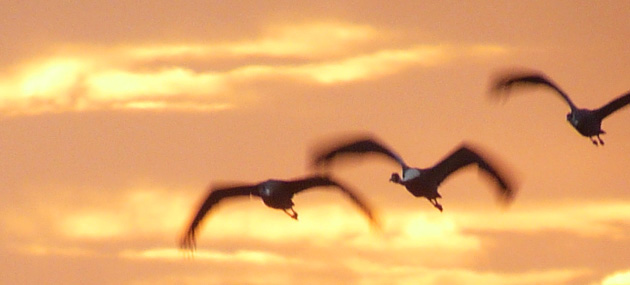Birding Hokkaido
Hokkaido is Japan's northernmost main island, and its largest prefecture. The rough-cut diamond of the north, Hokkaido, despite a population of about six million, has the important reputation as Japan’s wild frontier. It is a frontier land that used to be connected to Sakhalin and the continent to the north-west. Consequently Hokkaido shares many of its natural characteristics with that of the Okhotsk coastal region, and from a natural history perspective is very different from the rest of Japan. Though surrounded by channels and seas, it is the deep channel to the south, the Tsugaru Kaikyo, which is most significant. Even during times of lower sea-levels this deep channel separated Hokkaido from Japan’s main island of Honshu, at the same time Hokkaido was connected to the north leaving a land bridge for wildlife to cross.
Many northern species reach their southern limits in Hokkaido, and have been unable to cross south in to Honshu. Conversely, many species range north to the northern tip of Honshu, but have been unable to cross in to Hokkaido. Therefore, from a natural history perspective, Hokkaido is a very special place. Climate and topography dictate which species can live in any region, and Hokkaido is no exception. Prevailing northerly winter winds drive a weather machine here that is more Arctic than temperate. For months each year snow blankets the island, lakes and rivers freeze, and sea-ice drifts against the shore; only hardy species can over-winter here. Summer is dramatically different with southerly winds bringing migrant birds, a wealth of wild-flowers, and temperatures in the 30°C’s.
Hokkaido is mountainous at heart, and has extensive forests, enormous coastal wetlands, craggy cliffs, and offshore islands. It is famous for its small surviving population of Brown Bears, its plentiful Red Foxes, abundant Sika Deer, winter hordes of clamouring Whooper Swans, and most famous of all for its breeding population of grace embodied — the Red-crowned Cranes of east Hokkaido.
Read Winter Birding in Hokkaido for further details.
© 2022 Mark Brazil & Chris Cook
Last updated: 20220117

